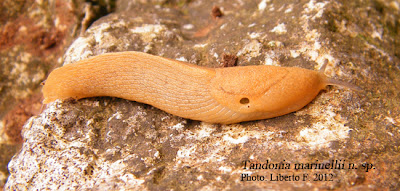One of the several lessepsian species colonizing areas of the Mediterranean is Brachidontes pharaonis, a bivalve with the ability to form dense mytilid mats over a range of different mediolittoral substrata. Since its initial observation from the Maltese Islands in the early 1970s, the species has consolidated its presence all over the archipelago. Close examination of the entire length of the Maltese shoreline was conducted to collect quantitative and qualitative data on the mytilid and on dominant accompanying macrofaunal and macrofloral species, in what represents the first comprehensive mapping of an allochthonous species within an island territory. Brachidontes pharaonis was found to have colonized most of the northern and eastern coastal stretches of the island of Malta, preferring limestone substrata in inlets with limited wave exposure and affected by high marine concentrations of hydrocarbons and other pollutants, where it reached individual abundances exceeding 1000 individuals per square metre.
A cluster of Brachidontes pharaonis (Fischer, 1870) from a Globigerina limestone location on the Ta' Xbiex shore. Barnacles, patellids, chitons and coralline algae are also visible.
Reference:
Cilia, D. P. & Deidun, A., 2012. Branching out: mapping the spatial expansion of the lessepsian invader mytilid Brachidontes pharaonis around the Maltese Islands. Marine Biodiversity Records, 5 (e28): 1-8. DOI link





